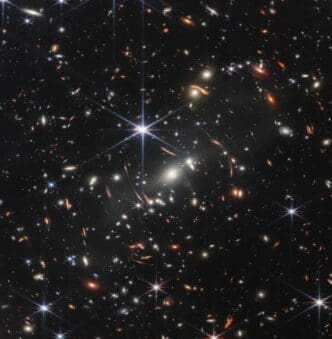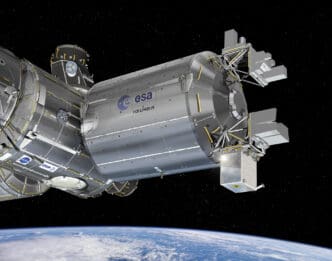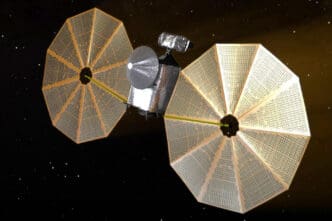In the quest to decode the mysteries of the cosmos, NASA’s Astrophysics Division stands at the cutting edge of exploration. With a commitment to advancing our understanding of the universe, this division is engaged in groundbreaking research that seeks to unveil the secrets of space and time.
The Mission of NASA’s Astrophysics Division
As a part of the Science Mission Directorate, NASA’s Astrophysics Division is dedicated to investigating the origins, evolution, and potential for life beyond Earth. Through collaborative efforts with international partners and academic institutions, NASA harnesses cutting-edge technologies to tackle fundamental questions about the universe’s mechanics, our place within it, and the tantalizing possibility of extraterrestrial life.
Focused Programs Driving Research
NASA’s Astrophysics Division is currently focused on several key programs that drive its research initiatives:
- Physics of the Cosmos
- Cosmic Origins
- Exoplanet Exploration
These programs serve as the backbone for strategic planning and scientific advancement, allowing researchers to delve into complex topics like black holes, dark energy, and the search for exoplanets. Additionally, cross-cutting initiatives such as the Astrophysics Explorer Program and Astrophysics Research further bolster these efforts, providing a comprehensive framework for exploration.
Flagship Missions Leading the Way
Among the standout missions in NASA’s portfolio are the James Webb Space Telescope (JWST) and the Hubble Space Telescope. The JWST recently celebrated a year filled with groundbreaking discoveries, while the Hubble Space Telescope has been reshaping our understanding of the universe since its launch in 1990. The upcoming Roman Space Telescope, set to explore dark energy and examine exoplanets, exemplifies NASA’s unwavering commitment to advancing astrophysical knowledge.
International Collaborations Expanding Knowledge
NASA also collaborates on a variety of international missions, contributing to projects like the European Space Agency’s Euclid mission and the Japan Aerospace Exploration Agency’s XRISM. These partnerships aim to provide deeper insights into the structures of galaxies, the nuclei of galaxies, and the elusive nature of dark matter, enriching our comprehension of the universe’s fundamental properties.
Upcoming Missions on the Horizon
Looking to the future, NASA’s Astrophysics Division is set to launch exciting missions such as SPHEREx in 2025 and COSI in 2027. SPHEREx will conduct the first all-sky spectral survey, gathering data on hundreds of millions of galaxies and stars to explore the universe’s origins. COSI, on the other hand, will focus on the Milky Way’s star formation history and the synthesis of chemical elements—pushing the boundaries of our cosmic understanding further.
Breakthroughs Shaping Our Understanding
Over the past few decades, breakthroughs in astrophysics have dramatically reshaped our perception of the universe. The discovery of over 3,800 exoplanets, the revelation that black holes are often found at the centers of galaxies, and new insights into the universe’s age, size, and shape are continually fueling scientific inquiry. Notably, the unexpected rate at which the universe is expanding adds an intriguing layer to the ongoing exploration efforts.
Guiding Future Research
The decadal survey titled Pathways to Discovery in Astronomy and Astrophysics for the 2020s serves as an authoritative roadmap for the future. This document identifies immediate actions and outlines the foundational tools and technologies necessary for continued exploration, establishing a clear course for future astrophysical research.
Conclusion
NASA’s Astrophysics Division is a beacon of exploration, tirelessly working to expand our cosmic horizons. Through strategic missions and collaborative efforts, the division not only deepens our understanding of the universe but also inspires a global dialogue in scientific discovery. As we look towards the stars, NASA’s dedication to unraveling the mysteries of the cosmos remains unwavering, inviting us all to join in the journey of exploration and enlightenment.
Source: Science.nasa







